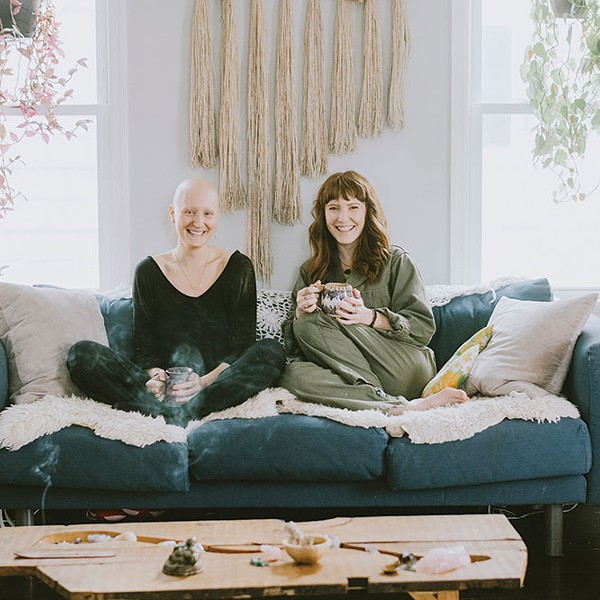Putting the patient first
The staff knows comfort isn’t just about aesthetics and amenities, it’s about attitude. The birth center physicians and nurses allow women a degree of freedom and input not permitted in most hospitals, and in the long run, this makes for smoother deliveries. In most hospitals, there’s no food or drink once you check in, but here patients are allowed to eat and drink as much as they need to, so they can keep up their strength. In a traditional setting, fetal monitors are de rigeur, but at Neugarten they are used sparingly, which frees the mom to walk around, maybe even to catch some cleansing breaths on the center’s front porch. And unlike a traditional setting, the whole family is welcome here to cheer the mother on, and partners are expected to stay over.
Unlike most hospitals, where laboring mothers are greeted at the door with an epidural, birth center patients get to decide if they want to take pain meds, and when and how much, and this plan remains flexible throughout the birth. That’s important to patients, especially first-timers.
“If it’s your first baby, you can read all you want, watch all the videos you want, talk to all the people you want, but you don’t know really what it’s going to be like until you’re in the middle of it,” says Kim Santerre, an RN at the center. “And you can have a whole list of what you would like and what you would not like, but we really encourage people to just take it as it comes.”
“Some of them—well, most of them—aren’t really sure what to expect,” says D’Angelo-Mullen. She knows. After all, it was only a couple years ago that she was giving birth, right here at the center. D’Angelo-Mullen says she wanted to know what the pain was like first-hand before making a decision about meds. “You want to have that ability to experience the pain, to see if you want to move to the next level. I didn’t want to jump to pain meds right away.” While she ended up taking the medicine, she stresses that having this initial control went a long way toward making her feel more comfortable with the process.
The patient’s input is really taken into account each step of the way. “Our physicians and our nurses are very patient-oriented,” says Pamela Rhodes, Neugarten’s director. “There’s really kind of a collaborative approach between the patient and the caregiver, and I think that’s kind of an unusual entity.”
This collaboration is crucial in birth, Rhodes says, because if a team is not careful, it can lose sight of the patient. “You know, it’s very easy to fall into the trap of, ‘Okay, you’re here to have your baby. We have a mission to accomplish by the end of the day,’” Rhodes says. “And you know, it’s not our birth.”
The birth experience belongs to the patient and her family. “It is their birth,” says D’Angelo-Mullen. “We are there to ensure it is a safe one.”
“As long as we know that the mom and the baby are healthy, from all our assessments, there’s nothing that’s really forcing the issue,” Rhode says.
This flexible approach helps alleviate the fear that surrounds the birthing process. “That frightening sort of feeling of ‘What’s happening?’ is not something that happens here,” Rhodes says. Here patients are surrounded by their loved ones and staff, and everyone is telling them everything is going to be fine. “A lot of that screaming is out of fear, and if you have people around you who are telling you, ‘You’re going to be all right. This is good. The baby is coming,’ [then] all of those things keep everything under control.”
It also helps that moms can settle in and have their labor, delivery, and recovery all in the same room. There is a nursery, but nurses say it’s usually empty because couples want their babies in the room with them.
This is an important bonding time for families, and parenting right off the bat eases the transition home. “They’re only here for 48 hours, so it’s not like they have a huge length of time, and the goal is to have them go home as a working unit,” says Pam Makenzie, an RN at the center. “They’ve got to be able to feel like they can do it when they get home.”
















